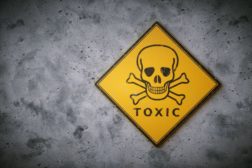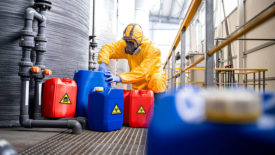OSHA
Get the latest OSHA-related news and content, including standards updates, violations and enforcement news, and the most frequently cited OSHA standards.
ARTICLES
OSHA issues final rule to clarify rights to employee representation during inspections
The rule clarifies how workers can choose their walk-around representatives
March 29, 2024
Elon Musk’s Boring Company cited by OSHA for ‘serious’ safety violations
Nevada OSHA report reveals Las Vegas tunnel project workers exposed to chemical hazards without PPE
February 29, 2024
Get our new eMagazine delivered to your inbox every month.
Stay in the know on the latest safety trends.
SUBSCRIBE TODAYCopyright ©2024. All Rights Reserved BNP Media.
Design, CMS, Hosting & Web Development :: ePublishing









